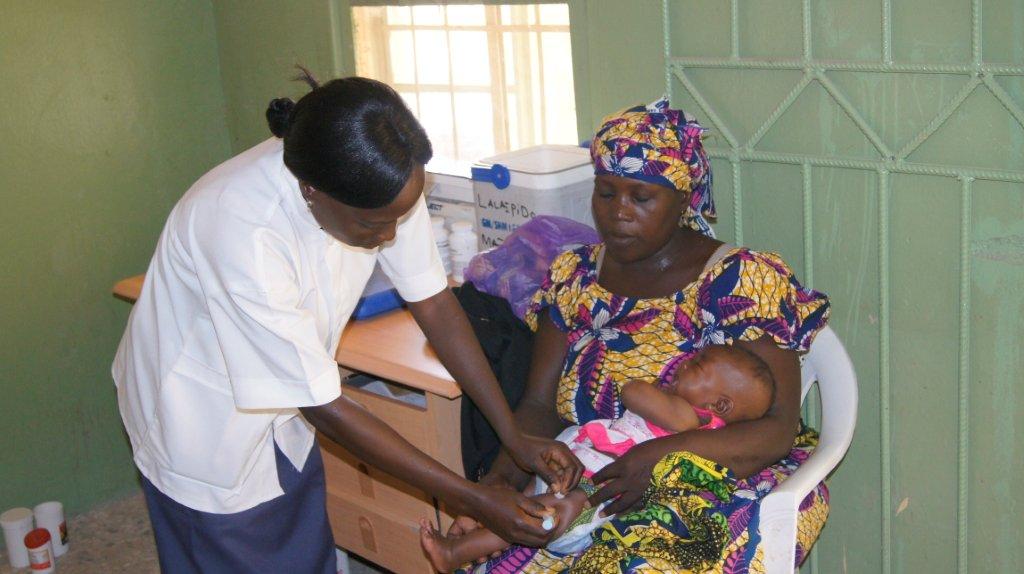When women go to a health facility to deliver, they expect to be looked after – to receive all the clinical care necessary to ensure their safety and the safety of the newborn. Women also expect to be looked after respectfully and be treated with dignity. Both these dimensions make up the overall quality of care women receive when visiting a health facility.
Listening to mothers
Measures to assess the type of clinical care received during labour and childbirth are well established and are used to monitor and hold service providers accountable. Conversely, relatively little progress has been made for measures that use the experience of childbirth care to monitor and improve women’s respectful and dignified treatment during labour and childbirth.
This might change soon – increased global attention in recent years has already led to the categorisation of dimensions of experience of care. We also have validated data collection tools that we can use to appropriately assess positive or negative experience of childbirth care – meaning we now know what information to collect. But, due to the perceived subjectivity of reported experience of care from women, there is a debate on where to collect this data, for example, at the health facility or home? When to collect these experience of care data, for example, immediately, within weeks, or months or even a year after birth? How best to collect the experience of care data, for instance, during observation of childbirth, in exit interviews, or from household surveys?
In most cases, clinical observation of labour and childbirth, exit interviews with women discharged after birth, and household surveys with women at home, are the go-to approaches to generate information on childbirth experience of care. These approaches or methods tend to be employed as standalone activities, for example, for research purposes or assessments of intervention outcomes at a single point in time. A shift is needed to consider how to integrate experience of care measures as part of the day-to-day monitoring of service delivery, the way clinical care content is routinely monitored and used to improve quality.

Making women’s experiences count every day
The overarching aim of our ‘listening to mothers’ study is to integrate, as part of routine health facility services, the assessment, monitoring and use of data on childbirth experience of care. In doing so, this will contribute to improvements in the overall quality of care women receive during labour and childbirth in health facilities.
In the first phase, we aimed to address the logistical challenges and resource constraints associated with clinical observations of birth, exit interviews, and household surveys, by using telephone interviews to talk to women about their labour and childbirth experience. We wanted to test the feasibility of the telephone interview methodology in a low resource and mostly rural setting. Moreover, we aimed to see if the method would be acceptable to women in this context, and if we could generate experience of care measures that were comparable to those generated from exit interviews with the same women.
Preliminary results indicate that trained data collectors can use their mobile telephones to follow up with women at home and talk to them about their experience of care. Also, the telephone interview was acceptable to women in this context. However, there was some divergence in the experience of care results generated through telephones when compared to those generated through exit interviews and we are doing further follow-up to better understand these differences.
The new normal
In the second phase, we will employ a collaborative, participatory research approach with health facilities and facility users to determine the feasibility of integrating the telephone follow-up method in routine facility practice as a mechanism to continuously monitor, and act upon, women’s experience of childbirth care.
We will work together to develop, implement and study the use of telephone interviews with recently delivered women, with little intervention from the research team. With this novel approach, we aim to advance the integration of the monitoring and use of childbirth experience of care as part of routine services to improve the quality of care women receive during labour and childbirth in health facilities.

